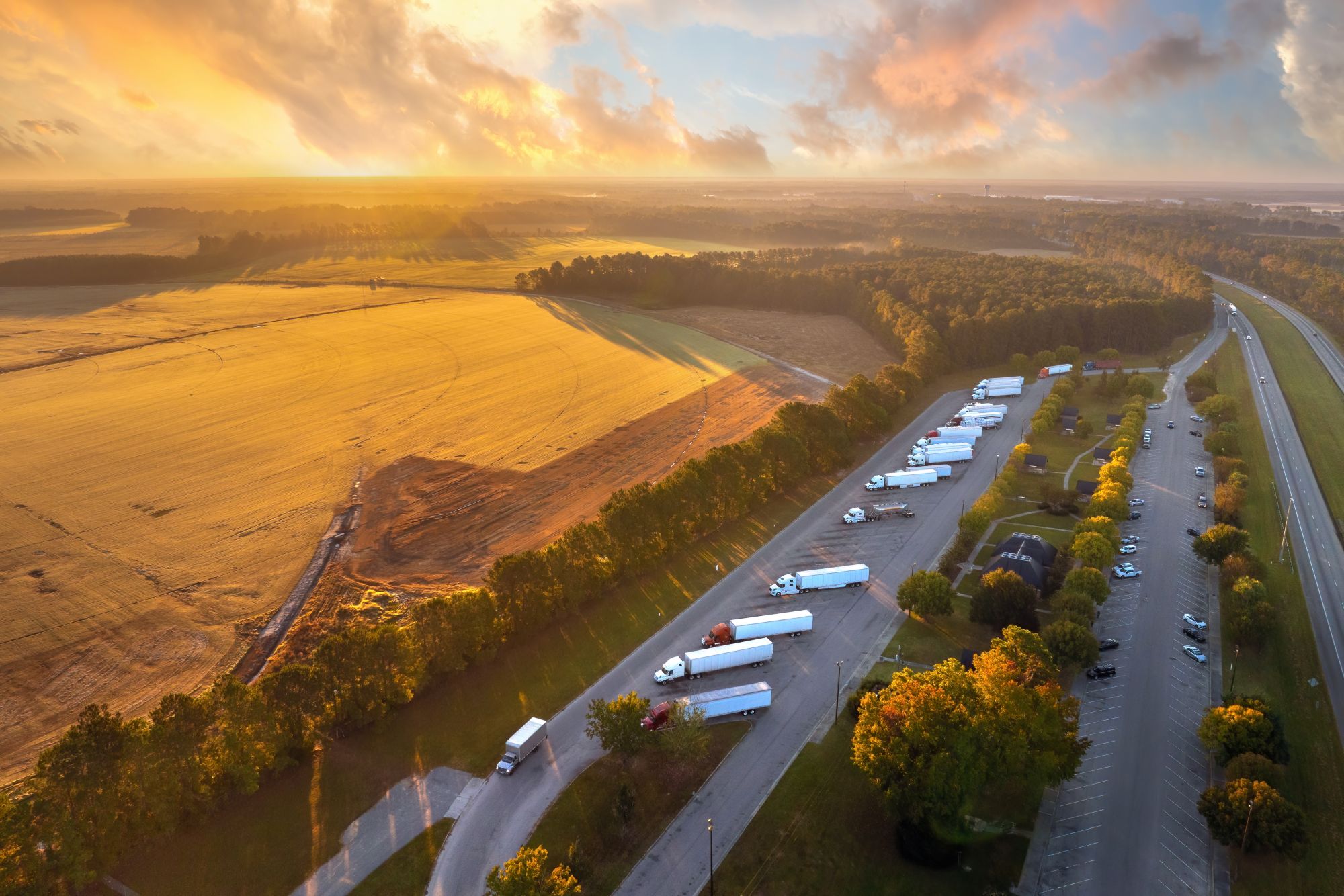
Susie Jones
Le pouvoir de la musique dans l'industrie du transport routier
Créée: 28/08/2024
•
Mise à jour : 28/08/2024
Pour les chauffeurs routiers qui traversent sans cesse le Royaume-Uni et l'Europe, la musique est plus qu'un simple bruit de fond : c'est un compagnon qui atténue l'ennui et les maintient alertes, engagés et concentrés sur le voyage qui les attend. La musique peut améliorer le bien-être du conducteur et renforcer la sécurité sur la route.
Pourquoi la musique est importante pour les chauffeurs routiers
Avec de nombreuses heures sur la route et des journées passées loin des amis et de la famille, la vie d'un camionneur peut parfois être une affaire solitaire. La musique peut changer le cours d'un voyage en remontant le moral du conducteur et en lui permettant de rester concentré sur la route. Elle peut également apporter tranquillité et calme pendant les temps morts.
La musique et la sécurité des conducteurs
Non seulement la musique évite l'ennui sur la route, mais elle peut aussi affecter la sécurité routière. Une [étude a montré] (https://www.onstar.com/stories/music-driving#:~:text=Certain%20types%20of%20music%20%E2%80%94%20think%20soft%20rock%2C%20easy%20listening%20or,lead%20to%20faster%2C%20riskier%20driving) que la musique forte (toute musique supérieure à 95 décibels) peut réduire les temps de réaction de 20 %. L'étude a également démontré qu'une musique de 55 décibels améliore les performances de conduite - les mêmes conducteurs ont obtenu de meilleurs résultats que ceux qui n'avaient pas de musique.
La musique peut également modifier votre humeur dans des situations stressantes - le rock doux et le jazz peuvent améliorer la concentration du conducteur. Pour ceux qui aiment la musique plus rapide, attention. Des tests ont prouvé que la musique dont le rythme est plus élevé par minute est plus susceptible de vous inciter à conduire vite et à sous-estimer votre vitesse. Dans certains cas, la musique plus rapide a entraîné des dérapages, un non-respect des feux rouges et un taux de collision plus élevé.
Une étude menée par [Autotrader] (https://www.autotrader.co.uk/cars/leasing/music-to-stay-in-control/) a montré que les meilleures chansons pour conducteurs de poids lourds étaient celles d'artistes pop, car elles amélioraient la concentration - l'étude a été notée sur une série de tests de perception des dangers en écoutant des playlists de 20 artistes différents. Drake est arrivé en tête avec un score de 59,5/75, tandis qu'Ariana Grande et Eminem sont arrivés en deuxième position avec des scores de 58,5/75.
L'effet sur la santé physique et mentale
La [Fondation JED] (https://jedfoundation.org/resource/how-music-can-improve-your-mental-health/) a constaté que la musique est bénéfique pour la santé mentale pour diverses raisons :
Distraction - La musique peut vous faire oublier ce qui vous préoccupe et vous permettre de vous évader.
Niveau de stress - Certains types de musique peuvent réduire le niveau de cortisol, ce qui entraîne une diminution du stress. Écouter de la musique que vous aimez libère également des endorphines, ce qui vous procure un sentiment de bien-être.
Activation du cerveau - Une enquête menée par [AARP] (https://www.health.harvard.edu/blog/why-is-music-good-for-the-brain-2020100721062) a révélé que les personnes qui écoutaient régulièrement de la musique voyaient leur niveau d'anxiété et de dépression diminuer. En outre, 69 % des personnes qui assistent souvent à des spectacles musicaux estiment que leur santé cérébrale est excellente ou très bonne.
Stimulation de l'humeur - La chanson préférée d'une personne peut instantanément la mettre de bonne humeur.
La musique n'affecte pas seulement la santé mentale, mais aussi la santé physique du conducteur. Une [étude] (https://www.medicalnewstoday.com/articles/327016#Music-may-lower-cardiovascular-stress) menée par plusieurs universités au Brésil, au Royaume-Uni et en Italie suggère que l'écoute de la musique a un impact sur le stress cardiovasculaire. L'étude a montré que l'écoute de la musique au volant réduisait le stress cardiaque.
The Ultimate Trucking Playlist
The Ultimate Trucking Playlist a été conçu pour les chauffeurs, par les chauffeurs. Chaque semaine, nous demandons à notre communauté de chauffeurs routiers de voter pour les chansons qu'ils aimeraient écouter sur la route. Assurez-vous que votre chanson préférée figure sur la liste en vous rendant sur notre page Facebook.

Les conducteurs de poids lourds regardent-ils la télévision ?
Pendant les heures passées au volant, de nombreux chauffeurs passent leur temps libre à regarder des émissions de télévision et des films. Grâce aux services de diffusion en continu, les conducteurs ont plus que jamais accès aux dernières nouveautés. En outre, de nombreux camions sont équipés d'options de montage par satellite, ce qui permet aux conducteurs de regarder la télévision en direct depuis le confort de leur cabine.
Les camionneurs écoutent-ils des livres audio ?
La musique joue un rôle essentiel dans le voyage d'un chauffeur de camion, mais ce n'est pas la seule chose qui permet d'éviter l'ennui sur les longs trajets. Après avoir interrogé un groupe de chauffeurs routiers sur leurs préférences en matière d'écoute, [Road Pro] (https://www.roadprobrands.com/blog-posts/what-do-truckers-listen-to-while-driving) a constaté que les livres audio arrivaient en deuxième position, devant la radio traditionnelle.
L'utilisation de livres audio au volant a fait l'objet d'un examen minutieux, de nombreuses personnes suggérant qu'il s'agit d'une distraction. S'il est plus facile de faire abstraction de la musique, cela ne signifie pas que les livres audio ne sont pas sûrs. Des études ont montré que de nombreux conducteurs n'avaient pas les facultés affaiblies par l'écoute d'un livre audio, et ce uniquement sur des parcours "ennuyeux". Sur des terrains plus dangereux, les conducteurs avaient du mal à réagir rapidement.



